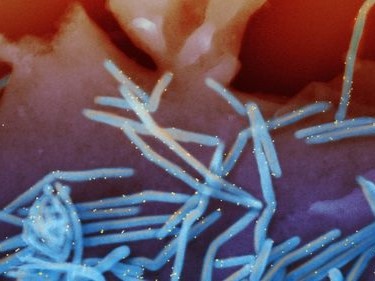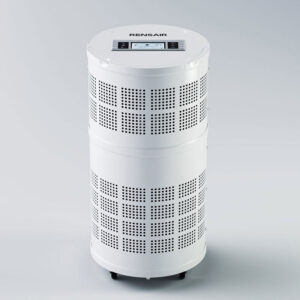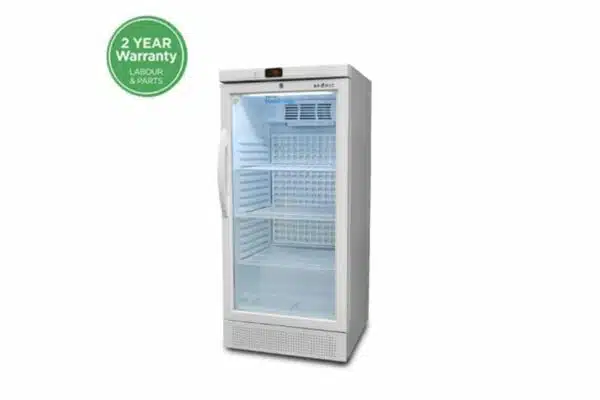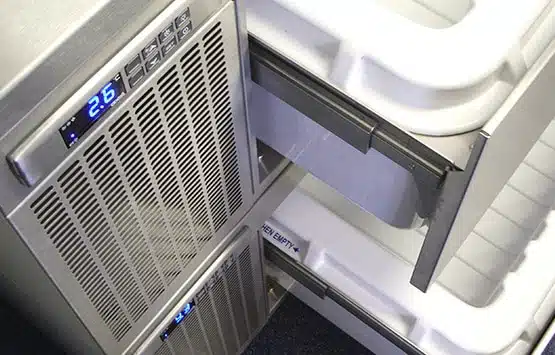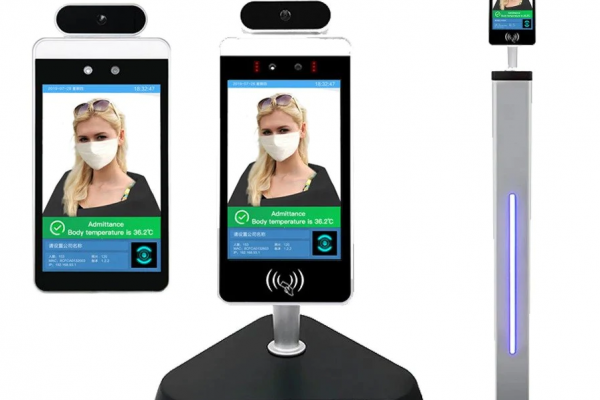What is RSV and How Do We Detect It?
In the realm of respiratory infections, RSV stands for Respiratory Syncytial Virus. It is a common virus that affects the respiratory system, particularly in young children. RSV can lead to severe respiratory illness, especially in infants and older adults. Understanding RSV and its detection methods is crucial in order to prevent its spread and provide timely medical intervention. In this article, we will delve into the details of RSV and explore various diagnostic techniques used to detect the virus.
1. The Basics of RSV
RSV belongs to the family of viruses called Paramyxoviridae. It is highly contagious and spreads easily through respiratory droplets when an infected person coughs or sneezes. The virus primarily affects the cells lining the airways, causing inflammation and mucus production. RSV infections are more prevalent during the fall, winter, and early spring months.
2. Symptoms of RSV
The symptoms of RSV can vary depending on the age of the affected individual. In infants, the virus often leads to symptoms similar to a common cold, including a runny nose, cough, sneezing, and mild fever. However, RSV can progress to more severe respiratory problems such as bronchiolitis or pneumonia. In older children and adults, RSV typically manifests as a mild respiratory infection resembling the common cold.
3. Detecting RSV
Detecting RSV involves various diagnostic methods that help healthcare professionals confirm the presence of the virus. These methods include:
a. Nasal Swab or Nasopharyngeal Aspiration
One common approach to detecting RSV is through a nasal swab or nasopharyngeal aspiration. In this method, a healthcare provider collects a sample from the nasal passages or the back of the throat using a swab. The sample is then sent to a laboratory for analysis. The collected sample contains cells that may be infected with RSV, and the laboratory tests can identify the presence of the virus.
b. Rapid Antigen Test
Another widely used diagnostic method is the rapid antigen test. This test involves analyzing a respiratory sample for specific RSV proteins. It is a quick and relatively simple procedure that can provide results within minutes. However, it is important to note that not all the rapid antigen tests include RSV; – Check the New Triple Tests HERE
c. Polymerase Chain Reaction (PCR)
The polymerase chain reaction, or PCR, is a highly sensitive and specific laboratory technique used to detect the genetic material of the RSV virus. This method amplifies the viral RNA present in a patient’s respiratory sample, allowing for its detection and identification. PCR tests are considered to be one of the most accurate methods for diagnosing RSV.
d. Viral Culture
Although less commonly used in clinical settings, viral culture is another method employed for RSV detection. This technique involves collecting a respiratory sample and attempting to grow and identify the virus in a laboratory. Viral culture is a time-consuming process and may take several days to produce results. It is often reserved for special cases where other diagnostic methods have provided inconclusive or ambiguous results.
4. Conclusion
Respiratory Syncytial Virus (RSV) is a contagious virus that primarily affects the respiratory system, particularly in young children. Timely detection of RSV is crucial for appropriate medical intervention and preventing its spread. Diagnostic methods such as nasal swabs, rapid antigen tests, PCR, and viral culture help healthcare professionals confirm the presence of RSV in patients. By understanding RSV and its detection techniques, we can effectively manage and control the impact of this common respiratory virus.
Remember, if you suspect you or your child may have RSV, it is important to consult with a healthcare professional for proper evaluation and guidance. Stay informed, stay vigilant, and prioritize the health and well-being of yourself and your loved ones.

